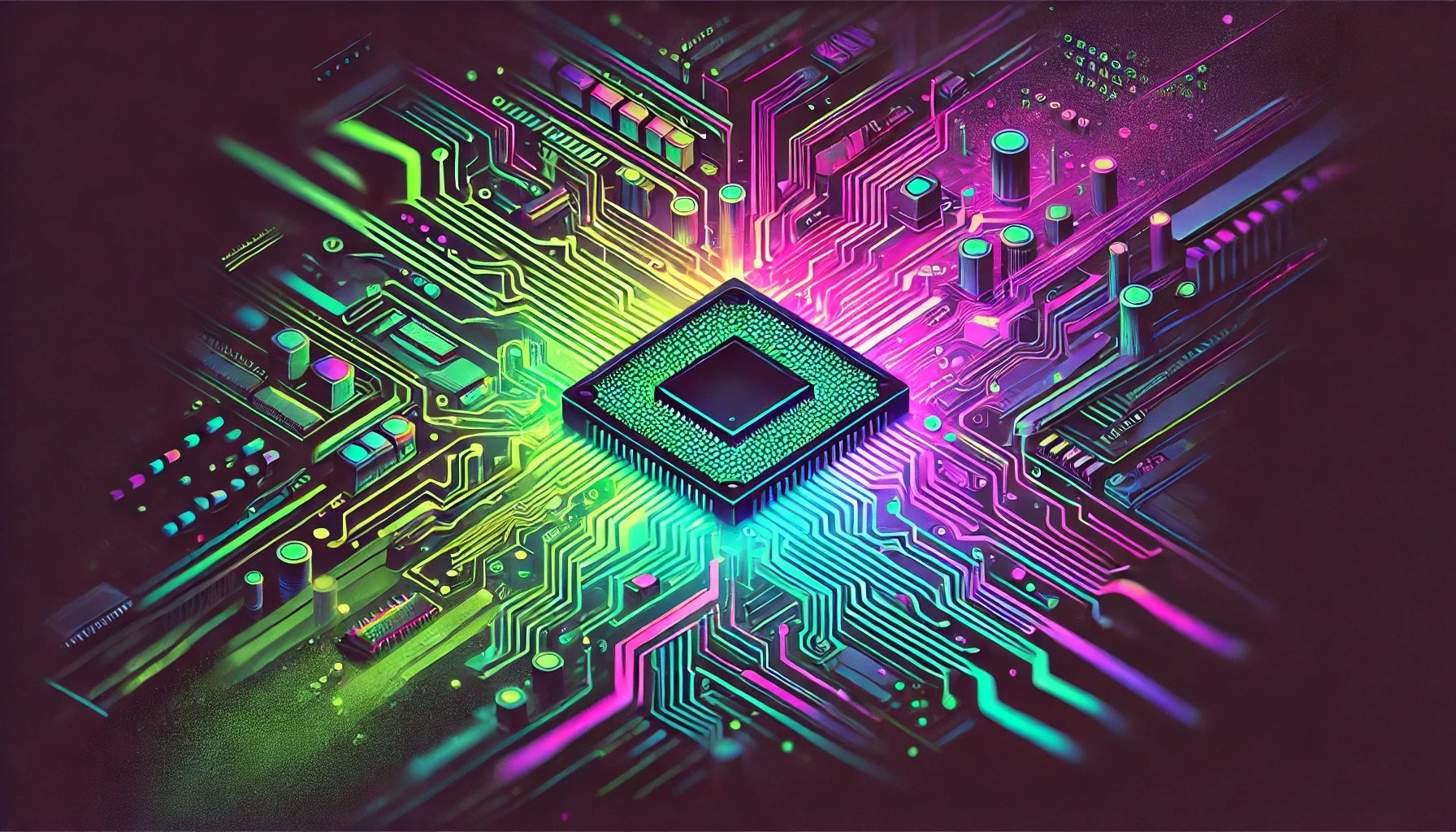Prepare Your Development Environment
- Ensure your development environment is set up with your microcontroller or hardware platform SDK. This usually includes installing toolchains and configuring the IDE with the correct settings for your target platform.
- Have your hardware ready, such as sensors like the IMU, accelerometer, and gyroscope, properly connected and configured according to the hardware guidelines.
Understand IMU Sensor Data
- IMU typically includes accelerometer and gyroscope data. The accelerometer measures linear acceleration in 3D space, and the gyroscope provides angular velocity.
- Study the sensor's datasheet to understand data formats, sensitivity values, and proper scaling required to obtain meaningful readings.
Initialize Sensors
- Initialize your sensors in your firmware code. This involves configuring the sensor registers with your desired settings such as range, output data rate, and any necessary calibration.
void initSensors() {
// Example initialization for an IMU
writeRegister(IMU_ADDRESS, ACCEL_CONFIG, ACCEL_RANGE_2G);
writeRegister(IMU_ADDRESS, GYRO_CONFIG, GYRO_RANGE_250DPS);
}
Read Raw Data
- Implement the function to read sensor data from your IMU. Depending on the interface (I2C, SPI), ensure you handle communication correctly to retrieve the sensor data.
void readIMUData(int16_t* accelData, int16_t* gyroData) {
uint8_t rawData[14];
readBytes(IMU_ADDRESS, ACCEL_XOUT_H, 14, &rawData[0]);
accelData[0] = (int16_t)(((int16_t)rawData[0] << 8) | rawData[1]);
accelData[1] = (int16_t)(((int16_t)rawData[2] << 8) | rawData[3]);
accelData[2] = (int16_t)(((int16_t)rawData[4] << 8) | rawData[5]);
gyroData[0] = (int16_t)(((int16_t)rawData[8] << 8) | rawData[9]);
gyroData[1] = (int16_t)(((int16_t)rawData[10] << 8) | rawData[11]);
gyroData[2] = (int16_t)(((int16_t)rawData[12] << 8) | rawData[13]);
}
Convert Raw Data
- Convert the raw sensor values using the sensitivity provided in the datasheet to get values in a usable format, such as m/s² for accelerometers and deg/s for gyros.
void convertRawDataToGUnits(int16_t* rawAccelData, float* accelGUnits) {
static const float accelScale = 2.0 / 32768.0; // Example for ±2g range
for (int i = 0; i < 3; i++) {
accelGUnits[i] = rawAccelData[i] * accelScale;
}
}
Implement Sensor Fusion Algorithm
- Use algorithms like the Complementary Filter or Kalman Filter to fuse accelerometer and gyroscope data, providing a stable and accurate estimation of orientation.
void complementaryFilter(float* accel, float* gyro, float* angle, float dt) {
static float alpha = 0.98;
float accelAngle = atan2(accel[1], accel[2]) * RAD_TO_DEG;
angle[0] = alpha * (angle[0] + gyro[0] * dt) + (1 - alpha) * accelAngle;
}
Test and Validate
- Conduct thorough testing under various conditions to verify the accuracy and stability of the sensor fusion output.
- Adjust algorithms and parameters as needed based on performance or specific application requirements.
Optimize and Fine-Tune
- Continuously optimize your code and filters for better CPU and memory efficiency while maintaining desired accuracy levels.
- Consider different motion models or sensor fusion techniques tailored to your specific application for enhanced performance.
Integrate and Deploy
- Once validated, integrate your sensor fusion code into the main firmware base and prepare it for deployment.
- Ensure to follow best practices for deployment such as comprehensive documentation and version control.
























